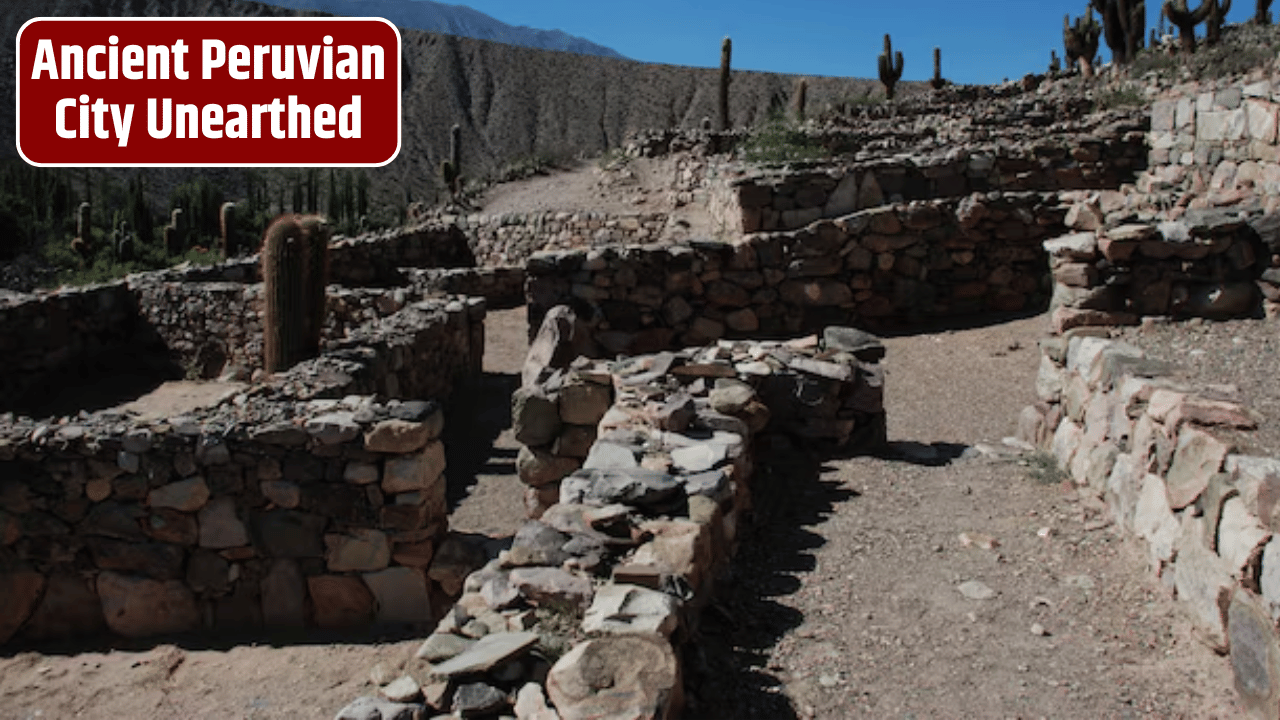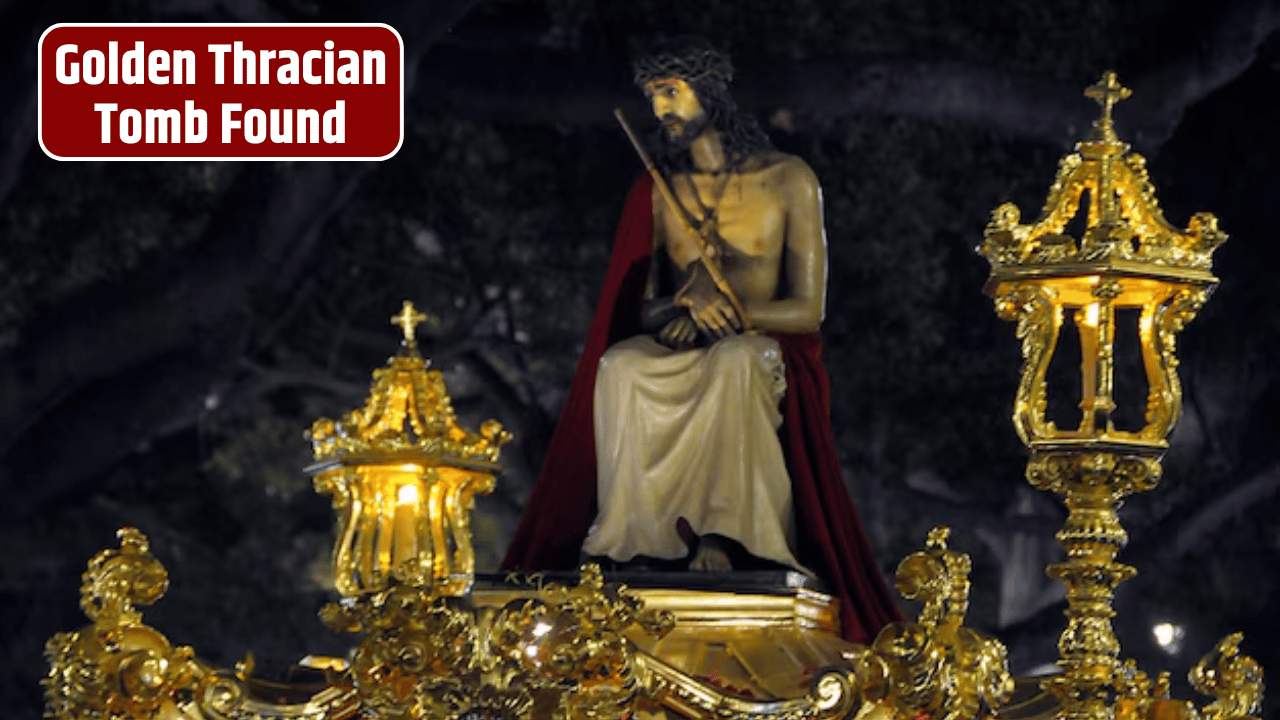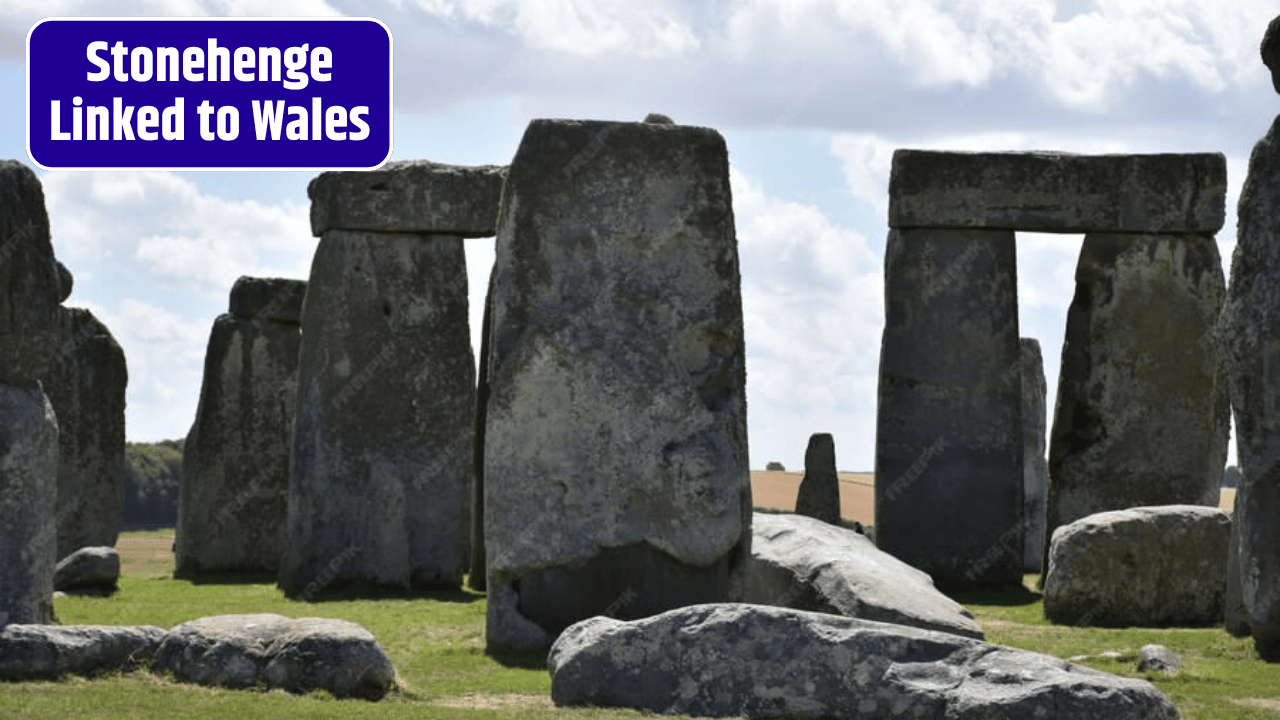In the arid heart of coastal Peru, archaeologists have uncovered something extraordinary—not just ruins, but a revelation about what civilization can be. The newly excavated city of Peñico, found in the Supe Valley and announced in 2025, is forcing historians to rethink one of humanity’s oldest assumptions: that progress is born from conflict.
Instead, Peñico’s story—rooted in the ancient Caral civilization, the oldest known in the Americas—suggests something radically different. Here, nearly 5,000 years ago, a complex, prosperous society flourished without war.
The Peaceful City Beneath the Sand
When archaeologist Dr. Ruth Shady, director of the Caral Archaeological Zone Project, and her team began excavating Peñico, they expected another ceremonial center like those already found in the Supe Valley. What they uncovered was far richer—a fully organized urban settlement with 18 monumental structures, including pyramids, plazas, and housing complexes, all designed for both ceremony and community life.
But what’s missing is just as striking. No fortifications. No weapons. No signs of warfare.
“The architecture and layout reveal a city designed for ritual and cooperation, not for defense,” Dr. Shady explained in a 2025 briefing. “Peñico continues the vision of Caral—societies based on knowledge, exchange, and harmony rather than conquest.”
This makes the site not just an archaeological gem, but a rare window into a civilization that thrived through peace, sustainability, and diplomacy—a model that feels almost utopian by modern standards.
The Cradle of the Americas
The Caral civilization (also known as Norte Chico) dates back to around 2600 B.C., making it contemporaneous with the early Egyptian pyramids and Mesopotamian city-states. Yet unlike those centers of early power, Caral shows no evidence of military conflict or territorial expansion.
Instead, its influence spread through trade networks stretching across the Andes, Pacific coast, and Amazon Basin. Archaeological finds reveal exchanges of cotton, shells, herbs, and medicinal plants—evidence of wide-ranging economic and cultural ties.
At its core, the Caral worldview was built on balance: between humans and nature, between ritual and practicality. And Peñico, located between fertile riverbanks and desert plateaus, embodies that philosophy perfectly.
Engineering Harmony in a Harsh Landscape
Life in the Supe Valley wasn’t easy. The region sits between the Pacific Ocean’s dry winds and the Andean highlands’ shifting climate. Yet Peñico’s people didn’t fight the environment—they worked with it.
Excavations show sophisticated irrigation canals, flood-control systems, and earthquake-resistant architecture designed with astonishing precision. The city’s buildings were constructed with shicra bags—woven mesh sacks filled with stones—that helped absorb seismic vibrations.
This wasn’t mere luck. It was the outcome of ecological intelligence, developed over generations.
“Peñico reflects a tradition of living in harmony with nature,” Shady said. “They adapted without destroying their environment—a lesson that’s more urgent than ever today.”
A Society Without Soldiers
Perhaps the most profound aspect of Peñico is what it says about social organization. Without warlords or armies, Caral society appears to have been guided by priests, engineers, and community planners. Public plazas and amphitheaters point to collective rituals—music, trade, and communal decision-making.
The absence of weapons isn’t accidental. Excavations across Caral sites, including Peñico, show ritual instruments, flutes, and drums, but no evidence of conflict. It’s a civilization whose cohesion came not from fear, but from shared purpose.
Archaeologists even found evidence of long-distance diplomacy—traded goods from Ecuador, Bolivia, and the Amazon—suggesting that Caral’s influence grew through mutual benefit, not domination.
Lessons From Climate and Collapse
Yet even the most peaceful societies face nature’s trials. Around 1800 B.C., Caral’s urban centers—including Peñico—began to decline amid climate upheaval. The Supe River’s flow weakened, droughts intensified, and agricultural output plummeted.
Instead of turning on each other, the people adapted. They migrated to more fertile valleys, diversified crops, and redesigned irrigation systems. Their focus on resilience over aggression may explain why Caral’s culture influenced later Andean civilizations for centuries.
It’s an eerily relevant story for our own time. As Dr. Shady puts it, “We must rethink how we respond to environmental change. The Caral people didn’t destroy their ecosystems—they innovated and collaborated to survive.”
What Peñico Teaches the Modern World
In a global landscape strained by conflict and climate crises, Peñico’s rediscovery feels like a message from the deep past. It challenges the idea that complexity requires conquest or that growth demands exploitation.
Peñico’s success came from three timeless principles:
- Cooperation over conflict – building alliances instead of fortresses.
- Sustainability over excess – using natural resources within limits.
- Adaptation over domination – changing practices rather than landscapes.
These aren’t just archaeological insights—they’re blueprints for modern resilience. As cities face rising temperatures, droughts, and migration pressures, Caral’s example of communal planning and environmental balance offers a powerful counterpoint to short-term thinking.
Standing Among the Ruins
For anyone lucky enough to visit the Supe Valley, Peñico is more than a dig site—it’s an awakening. The desert air still carries the faint outlines of plazas where thousands once gathered to trade, sing, and give thanks. You can almost sense the rhythm of a world that found stability not through walls or armies, but through connection.
For me, it’s humbling. The idea that 3,800 years ago, people built lasting peace on a foundation of respect—for nature, for each other—feels both ancient and revolutionary.
Maybe that’s Peñico’s real legacy: proof that humanity’s greatest innovation wasn’t the wheel or the sword, but the capacity to live together, sustainably, without war.
FAQs
What is Peñico, and where is it located?
Peñico is a recently excavated city in the Supe Valley, Peru, belonging to the Caral civilization—one of the earliest known in the Americas.
Why is Peñico considered unique?
It shows no evidence of war or conflict, suggesting that early complex societies could thrive peacefully through trade and cooperation.
How old is the Caral civilization?
Roughly 5,000 years old, contemporary with early Egypt and Mesopotamia, making it the oldest known civilization in the Western Hemisphere.
What environmental challenges did Peñico face?
Climate shifts and droughts led to water shortages, prompting innovative irrigation systems and sustainable land use.









